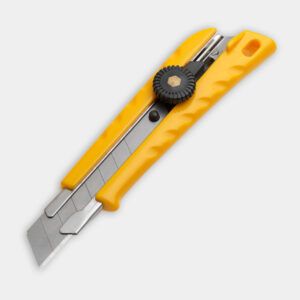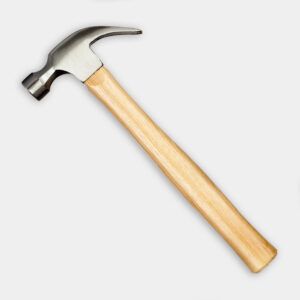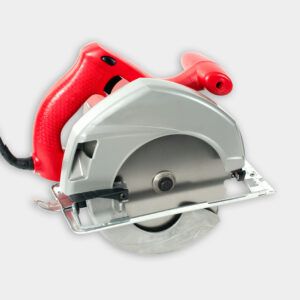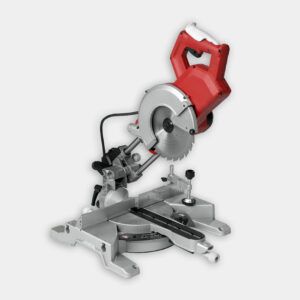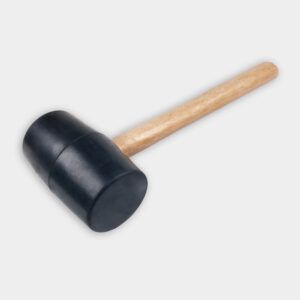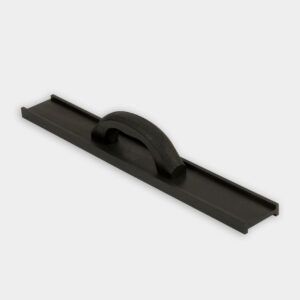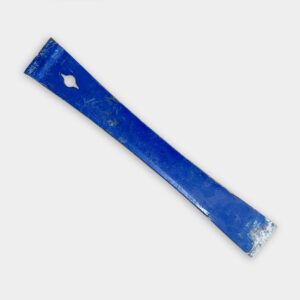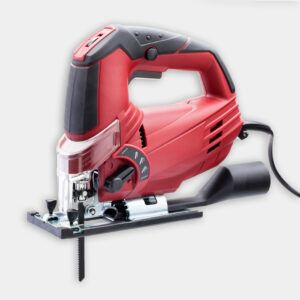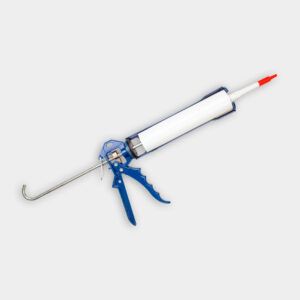Vinyl plank flooring offers homeowners a durable, attractive, cost-effective option for updating their living spaces. This versatile material mimics the look of hardwood or tile while providing superior water resistance and easy maintenance.
In this guide and the video above, This Old House carpenter Nathan Gilbert will walk you through the process of installing vinyl plank flooring, from preparation to finishing touches.
Why Choose Vinyl Plank Flooring?
Vinyl plank flooring has become increasingly popular among homeowners for several reasons:
- Affordability: Compared to hardwood or tile, vinyl plank flooring is often more budget-friendly while still providing an attractive finish.
- Durability: It’s highly resistant to scratches, dents, and water damage, making it ideal for high-traffic areas and homes with children or pets.
- Ease of installation: Many vinyl plank products feature a click-lock system, allowing for straightforward DIY installation without the need for adhesives.
- Low maintenance: Cleaning and maintaining vinyl plank flooring is simple, requiring only regular sweeping and occasional mopping.
Tools and Materials to Install Vinyl Plank Flooring
Before getting started, you should have the following materials on hand.
Essential Tools
- Circular saw (if removing old flooring)
- Flooring cutter or miter saw
- Hammer
- Jigsaw (for custom cuts)
- Pry bar
- Pull bar
- Rubber mallet
- Tapping block
- Utility knife
Required Materials
- 1/4-inch spacers
- Caulk
- Construction adhesive
- Transition pieces
- Vinyl plank flooring
Steps for Replacing Vinyl Kitchen Floor With Plank Flooring
Step 1: Remove any furniture, appliances, and floor or wall vents from the room
Be sure to shut off any gas lines beforehand.
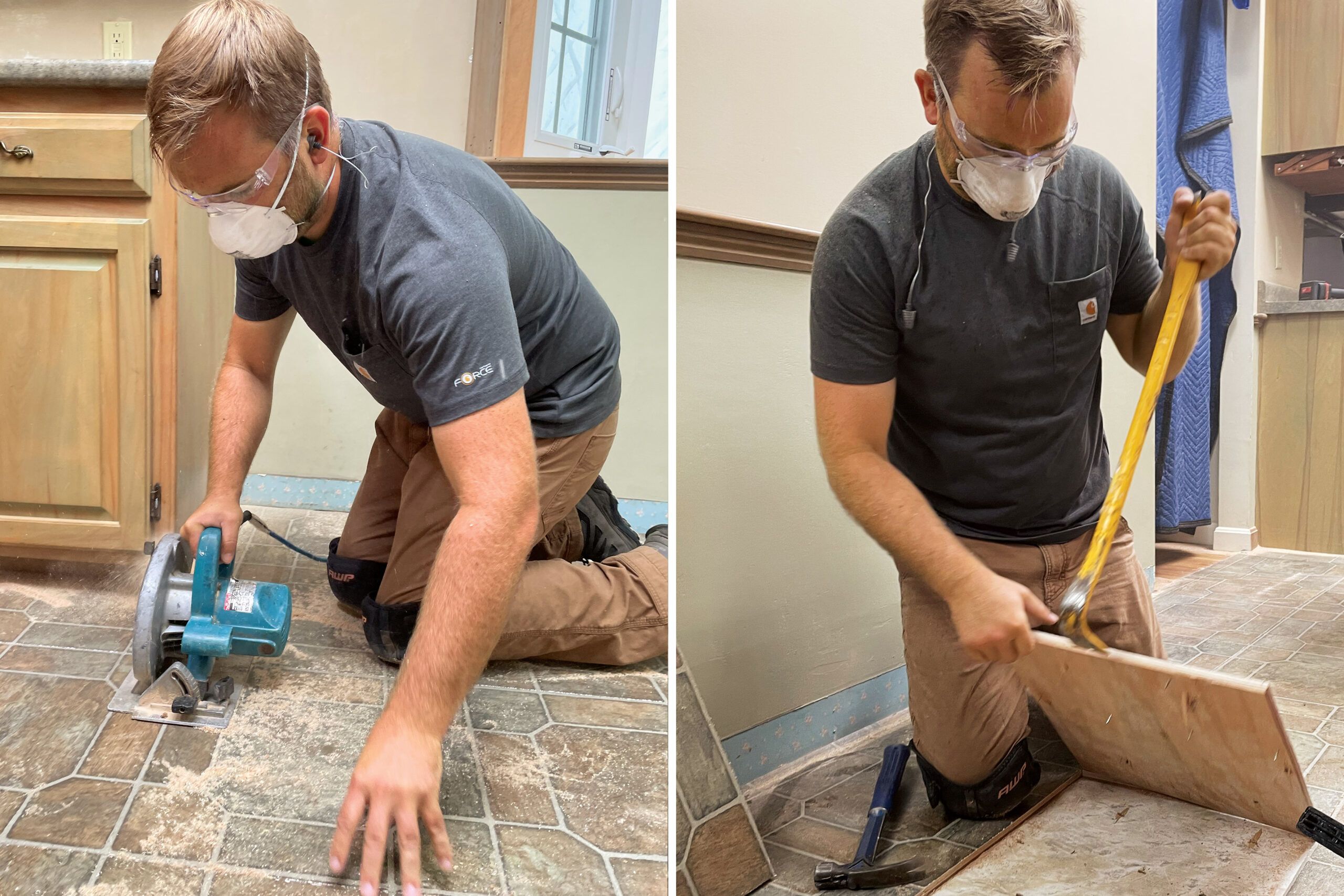
Step 2: Use a utility knife to score along the top of the baseboards to separate them from the wall surface
Carefully slip the pry bar behind the baseboards and remove them. Number each baseboard so you know where they go when it’s time to reinstall them.
Step 3: Assess and remove the existing floor
If there are multiple layers of vinyl flooring with thin sheets of luan underneath, it may be best to cut the floor into small, manageable pieces for easier removal.
Wearing a dust mask and safety glasses, cut squares between 1 and 2 feet wide. Be sure to set the saw’s depth of cut so it doesn’t cut through the subfloor.
Once you’ve scored all the squares, remove them with a pry bar and hammer.
Step 4: Prepare the first few rows of flooring
For the first row, use a full plank. For the second row, cut one-third off the plank with the flooring cutter or miter saw. For the third row, remove two-thirds.
Repeat this process for the first piece in each row as you move across the room, staggering the joints and creating a more appealing aesthetic.
Step 5: Lay the first piece on the floor and place spacers between it and the wall
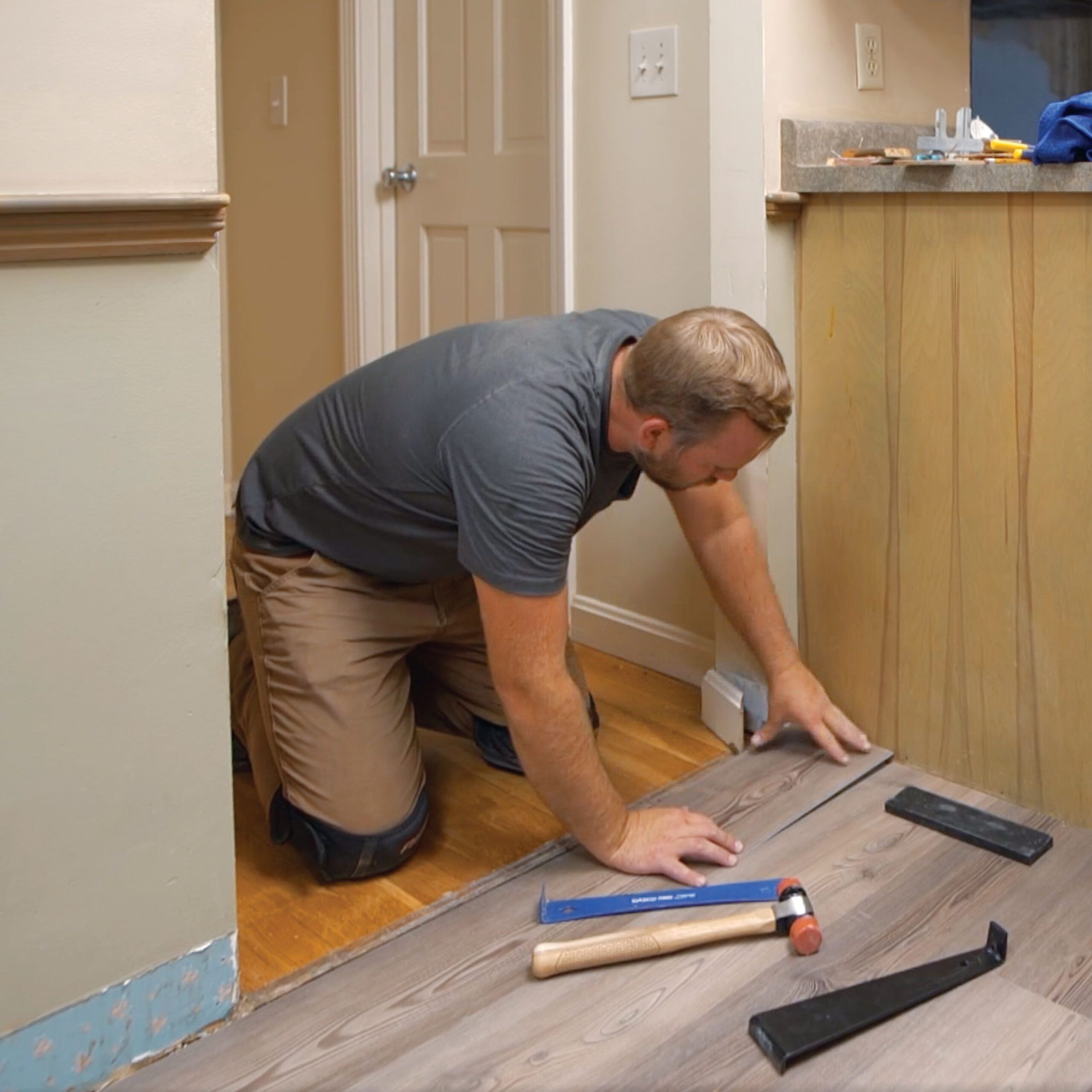
Slide the tongue of the second row into the groove of the first row. Use the tapping block and rubber mallet to tap the piece securely into the groove and close the gap.
Continue across the floor, placing spacers between the wall and any planks along the edge of the floor.
Step 6: As you meet cabinets, you’ll have to start making custom cuts
Take careful measurements and transfer them to the vinyl planks. Cut these pieces to fit with a jigsaw and tap them into place with the tapping block.
For rows that end in front of cabinets or far walls, hook the end of the plank with the pull bar and tap it until the gaps close. Be sure to leave a ¼-inch gap between the end of the plank and the wall or cabinet.
Step 7: Install transition pieces and thresholds at the doors
Cut them to length with the miter saw or flooring cutter and lay them in a bead of construction adhesive.
Step 8: Reinstall the floor and wall vents and the baseboards before replacing the appliances and furniture
For a more finished look, caulk the moldings and give them a fresh coat of paint.
Tips for a Seamless Vinyl Plank Flooring Installation
Adhering to these additional tips can further enhance the installation experience:
- Check for uniformity: Regularly verify that the planks are properly aligned and secure.
- Use a soft mallet: Prevent damage by using a soft rubber mallet when applying pressure.
- Work methodically: Tackle one section of the room at a time to ensure accuracy.
Vinyl Plank Flooring Finishing Touches
Once you’ve installed all of the planks, a few final steps will complete your new floor.
Installing Transitions and Thresholds
- Measure and cut transition pieces to fit doorways and areas where the vinyl plank meets other flooring types. Proper measurements ensure seamless transitions between different flooring materials.
- Apply construction adhesive to secure the transitions in place. Adhesive offers durability and prevents movement or lifting.
Replacing Baseboards and Trim
- Reinstall the numbered baseboards and trim pieces. Matching the numbered pieces simplifies reinstallation.
- Caulk along the edges and touch up with paint for a polished look. Caulking and painting provide a finished appearance and conceal any gaps.
Cleaning and Maintenance
To keep your new vinyl plank flooring looking its best, sweep or vacuum regularly to remove dirt and debris. Use a damp mop with a mild cleaning solution for deeper cleaning, as it won’t harm the finish. Additionally, you should avoid using harsh chemicals or abrasive cleaning tools that could damage the flooring.
Ensuring Longevity
To extend the life of your vinyl plank flooring, we recommend the following tips:
- Act quickly: Address spills promptly to prevent staining or water damage.
- Control humidity: Maintain stable humidity levels to prevent warping.
- Use furniture pads: Placing pads under furniture legs prevents dents and scratches.
